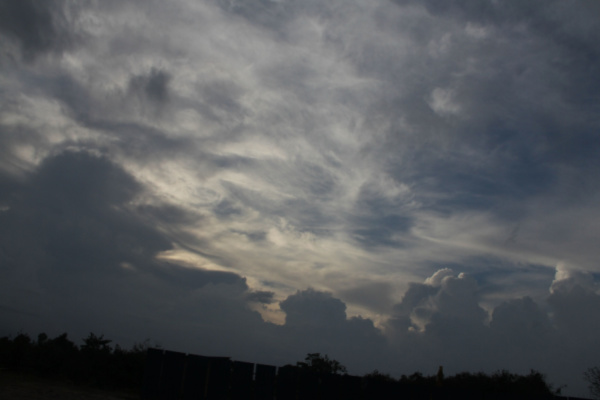An atmospheric river originating from near Hawaii known as a ‘Pineapple Express,’ will send copious amounts of moisture into a large portion of the Northwest and California into the new week, resulting in heavy rain and waist-deep snow, warn AccuWeather meteorologists.
The Pineapple Express, already evident on weather maps this weekend, will bring a variety of hazards to the West over the next few days, such as major flooding, avalanches, strong winds and travel delays. The heavy precipitation marks a dramatic change to begin February, after what was a relatively dry January. Meanwhile, lowland areas in the Pacific Northwest, away from the direct discharge of moisture from the atmospheric river, are expected to see slippery accumulating snow-many for the first time this season-through early week.
The region expected to be hardest hit by the atmospheric river event through Tuesday will be northern portions of California, where not only snow can be measured in feet, but rain as well, say AccuWeather meteorologists. “Locations like Redding and San Francisco can receive a month’s worth of rain just alone from this event,” said AccuWeather Meteorologist Elizabeth Danco. “Across the rugged terrain of Northern and Central California, heavy rain can cause landslides which could lead to road closures and travel disruptions.”
AccuWeather meteorologists are forecasting a large part of the northern third of the Golden State and far southwestern Oregon to measure several inches of rain. This includes the San Francisco Bay Area and cities such as Chico and Santa Rosa, California; and Eugene, Oregon. The heaviest rain, amounting up to 12 inches, with an AccuWeather Local StormMax™ of 24 inches, will be centered over Northwestern California and a portion of the northern Sierra Nevada mountain range. For many even outside the area of highest rain totals, the atmospheric river can easily deposit at least a months’ worth of rain in a matter of days.
Such eye-popping rain totals are common with Pineapple Express atmospheric river events that last for days. “Since the Pineapple Express starts thousands of miles to the west of Washington, Oregon and California, there is plenty of time for excessive moisture to gather,” explains AccuWeather.com Managing Editor Monica Danielle. In the Sierra range, as much as 3-6 feet of snow can fall through Tuesday, especially above 7,000 feet, making travel nearly impossible. Gusty winds are also expected across the lee side of the range in western Nevada, resulting in localized wind damage, including around Reno.
What is an Atmospheric River, and How Does it Form?
When you think of the atmosphere, you probably think of gases like nitrogen and oxygen—the air we breathe. But did you know the atmosphere can hold an entire river of water too? According to the National Oceanic and Atmospheric Administration (NOAA), Atmospheric Rivers are long, flowing regions of the atmosphere that carry water vapor through the sky. They are about 250 to 375 miles wide and can be more than 1,000 miles long. Rivers on land generally flow downhill; atmospheric rivers flow in the direction of moving air created by weather systems.
In general, they pick up water vapor from the warm, moist air of tropical regions and they drop the water over land in cooler regions as rain or snow. So, much like a river is water moving over land, an atmospheric river is a stream of water vapor moving in the sky.
Atmospheric rivers typically form over tropical regions. Warm temperatures there cause ocean water to evaporate and rise into the atmosphere. Strong winds help to carry the water vapor through the atmosphere. As atmospheric rivers move over land, the water vapor rises up farther into the atmosphere. It then cools into water droplets, which fall as precipitation. One well-known atmospheric river called the “Pineapple Express” picks up warm, moist air near Hawaii. When the Pineapple Express hits land in the Western United States and Canada, it can cause heavy rain and snow. In California, it can cause up to 5 inches of rain in a day.
If you hear your local meteorologist talking about an atmospheric river, you can probably expect lots of rain or snow in the forecast. Atmospheric rivers are fairly common in winter in the Western United States. In fact, just a few atmospheric river events each year cause up to half of the annual precipitation on the West Coast. These dumps of rain and snow from atmospheric rivers are an important source of fresh water for the West Coast. However, sometimes this heavy precipitation—which can park over a region for several days—can lead to flooding, mudslides and other disasters.
Scientists monitor atmospheric rivers to plan for emergencies and water supply issues. NOAA’s GOES West weather satellite captures images and information, such as the amount and location of moisture in the atmosphere on the West Coast, as often as every 5 minutes. This is important for weather forecasters to make accurate forecasts of heavy rain and flash flooding. Accurate forecasting of these events can help people prepare and stay safe.
—
Photo Credit: Moawiz Ali / Shutterstock.com
